Instruction is provided in the use of dent hammers dent balls and barrels mandrels burnishers and other tools of the industry. When comparing the two periapical techniques the advantages of the bisecting angle technique are.
Different techniques and instruments are used to drain and decompress large periapical lesions ranging from placing a stainless steel tube into the root canal exhibiting persistent apical exudation 202 204 which is non-surgical decompression to placing polyvinyl or polyethylene tubes through the alveolar mucosa covering the apical lesion which is surgical.
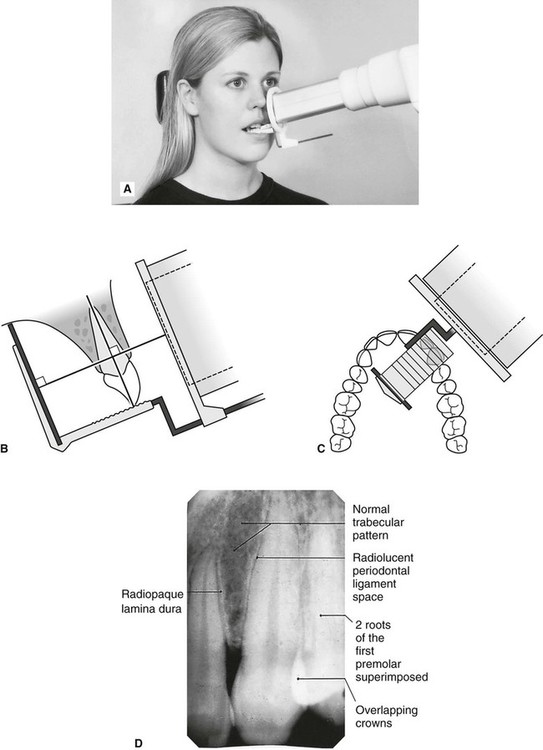
. The patient is seated upright in the dental chair and should remove any removable dental appliances glasses or jewelry that could interfere with the X-ray beam. The X-ray is taken and the exposed plate is then loaded into a scanner or processor which reads the image. When viewing properly mounted x-rays where or how is the dot on the film mounted.
Periapical X-rays are used to detect any abnormalities of the root structure and surrounding bone structure. For this purpose a special technique of periapical radiography was developed by Gordon M. Request PDF Image Processing Techniques in Periapical Dental X-Ray Image Detection and Classification An Image procedure method is a method.
When comparing the two periapical techniques the. Since the slope and curvature of the dental arches and the alveolar processes will not permit the film to be held close to the teeth. What is the optimal temperature for processing x-rays in the automatic processor.
Parallel technique The image receptor is placed in a holder and placed in the mouth parallel to the longitudinal axis of the tooth under. The central ray is directed to pass at a perpendicular angle to both the tooth and the film. The paralleling technique The bisected angle technique.
With this technique the film is placed parallel to the long axis of a tooth allowing the X-ray to be focused perpendicular to the long axis of the tooth. Periapical film is held parallel to the long axis of the tooth using film-holding instruments. Paralleling Technique for Periapical X-rays The paralleling technique results in good quality x-rays with a minimum of distortion and is the most reliable technique for taking periapical x-rays.
The extraoral periapical radiographic technique was performed for both maxillary and mandibular teeth using Newman and Friedman technique2. Single periapical radiographs are often made of individual teeth or groups of teeth to obtain information for treatment or diagnosis of localized diseases or abnormalities. Periapical radiographs provide important information about the teeth and surrounding bone.
The X-ray head is directed at right angles vertically and horizontally of both the tooth and the image receptor. The film is placed parallel to the long axis of the tooth to be radiographed and the central beam of X-ray is directed at right angle to the film and the teeth. Fitzgerald called as paralleling or long cone technique.
Extraoral radiograph Panoramic X-ray Tomograms Cephalometric projections Sialography Computed tomography 10. The film is placed parallel to the long axis of the tooth in question and the central x-ray beam should be directed perpendicular to the long axis of the tooth. Since the slope and curvature of the dental arches and the alveolar processes will not permit the film to be held close to the teeth.
A long cone is used to take x-rays with paralleling exposure techniques. Size 2 Film is used for Anterior and Posterior X-rays when Bisecting. By using a film sensor holder with still.
A long cone is used to take x-rays with paralleling exposure techniques. Paralleling Technique for Periapical X-rays The paralleling technique results in good quality x-rays with a minimum of distortion and is the most reliable technique for taking periapical x-rays. The patient was positioned upright with hisher mouth was opened as wide as possible to allow the X-ray beam to pass to the sensor unobstructed from the opposite side of the mouth.
The paralleling technique results in good quality x-rays with a minimum of distortion and is the most reliable technique for taking periapical x-rays. The snap-a-ray is used. I Periapical X-ray corroborates the periodontal regeneration in close contact with MTA filling.
Because the film is placed in the mouth at an angle to the long axis of the teeth. In an attempt to overcome the problems two techniques for periapical radiography have been developed. The bisecting short-cone and paralleling long-cone techniques are two of the most commonly used techniques.
Ensure they are seated high enough so it is easy to see the occlusal. Most frequently used radiography is for the periapical which is performed by the bisecting Thus when considering the execution of the radiographic technique and the possibility of errors that occur during the exposure of X-ray image XR receptors it is important to identify those that occur more frequently. Parallel technique The image receptor is placed in a holder and placed in the mouth parallel to the longitudinal axis of the tooth under.
Periapical radiography is a commonly used intraoral imaging technique in radiology and may be a component of your radiologic examination. To take a periapical exposure the hygienist or x-ray technician places a small photosensitive imaging plate coated with phosphorus into a sterile wrapper and inserts it into the patients mouth just like a conventional X-ray film card. X ray films hmdali.
Periapical views are used to record the crowns roots and surrounding bone. The periapical film is held between the incisor teeth as if it were an occlusal film for all anterior periapical radiographs. Occlusal X-rays show full tooth development and placement 9.
The technique involves a constant x-ray cone position which is perpendicular to the floor for maxillary incisors and parallel to the floor for mandibular incisors. With the ---- technique for exposing occlusal radiographs the central ray is directed perpendicular to the bisecting plane. Periapical film is held parallel to the long axis of the tooth using film-holding instruments.
The paralleling technique results in good quality x-rays with a minimum of distortion and is the most reliable technique for taking periapical x-rays. These X-rays are used to find dental problems below the gum line or in the jaw such as impacted teeth tooth fractures abscesses tumours and bone changes linked to some diseases. The snap-a-ray is used.
The paralleling technique results in good quality x-rays with a minimum of distortion and is the most reliable technique for taking periapical x-rays. The film is placed parallel to the long axis of the tooth in question and the central x-ray beam should be directed perpendicular to the long axis of the tooth. Periapical X-rays.
Periapical X-rays show the entire tooth from the exposed crown to the end of the root and the bones that support the tooth. Both techniques have advantages and disadvantages.

Periapical Radiography Pocket Dentistry

Periapical Radiography Pocket Dentistry
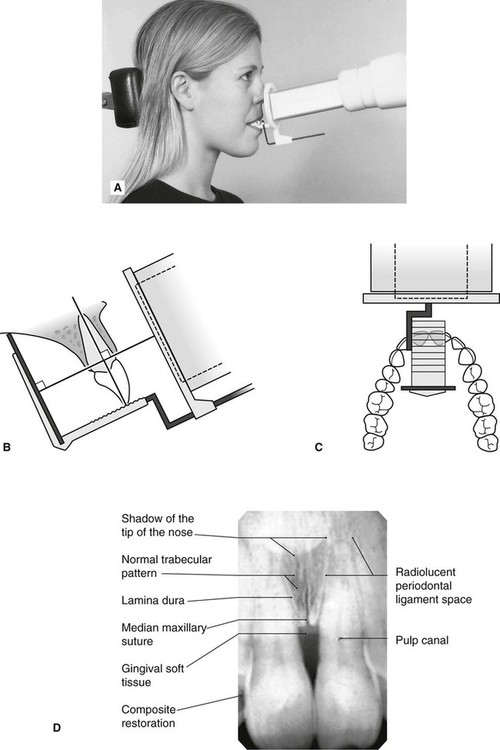
Periapical Radiography Pocket Dentistry

Periapical Radiography Pocket Dentistry
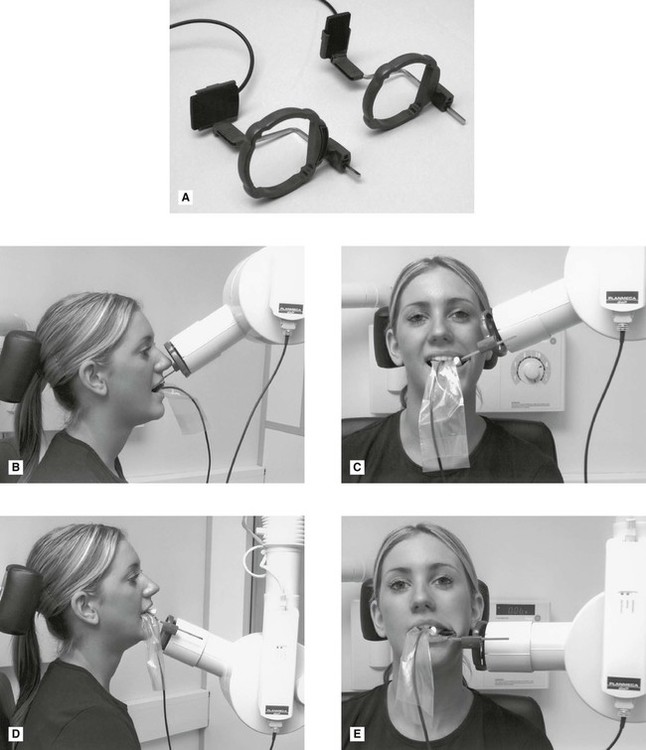
Periapical Radiography Pocket Dentistry

Periapical Radiography Pocket Dentistry
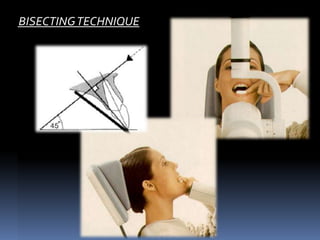
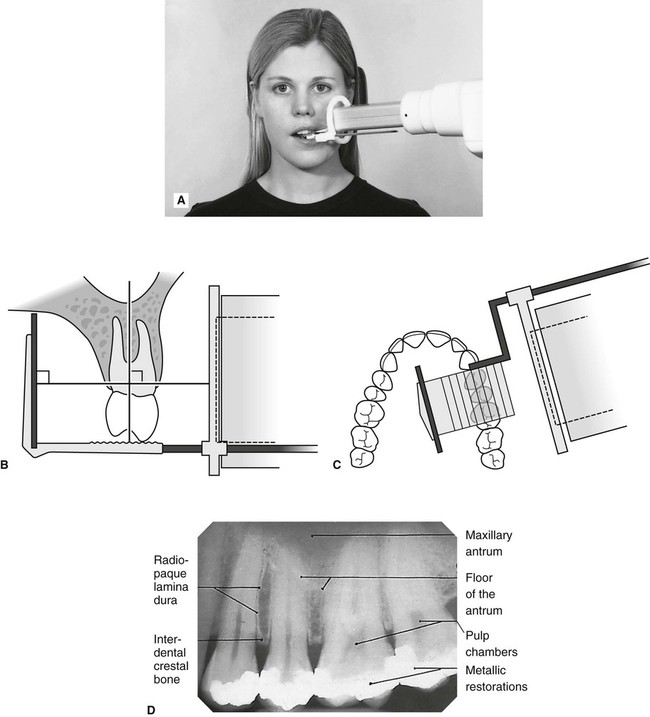
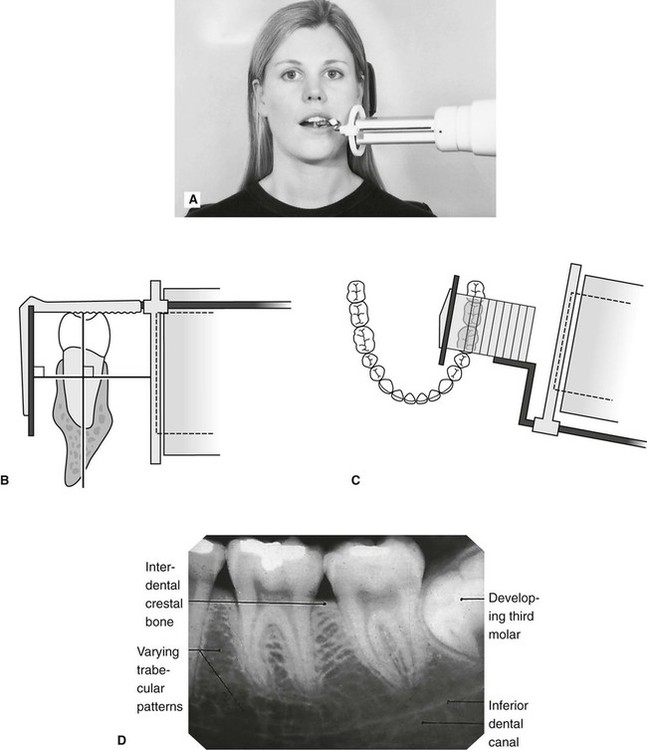
0 comments
Post a Comment